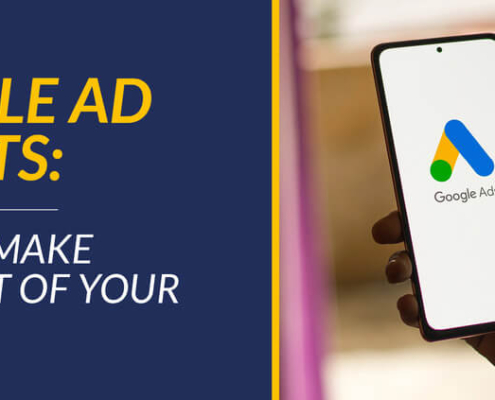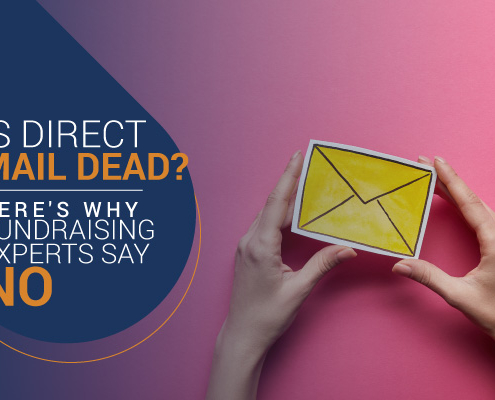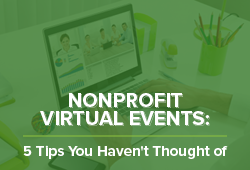
Google Ad Grants: How to Make The Most of Your Free Ads
Imagine having $10,000 each month to get your nonprofit in front…

Nonprofit Videos We Love: 10 Inspirational Examples
Currently, video is the marketing tool for grabbing supporters’…

6 Tips to Adjust Your Year-End Fundraising Strategy
At the start of a new year, it’s a great time for your organization…

4 Ways to Listen In to Boost Action
There's a proven way for your organization to start and strengthen…

Faster UX on Your Website: A Crash Course for Nonprofits
A fast user experience is more critical than ever for engaging and converting online donors on your site. Learn the essentials with this quick guide to fast UX.

Nonprofit Virtual Events: 5 Tips You Haven’t Thought of
If you’re like other nonprofits, you’ve probably incorporated…

Is Direct Mail Dead? Here’s Why Fundraising Experts Say No
Direct mail isn’t dead! Learn more about why it’s so important and how your nonprofit can incorporate it into your own marketing and fundraising strategies.

A Volunteer Communications Strategy: 13 Steps to Driving Recruitment, Engagement and Leadership (Case Study)
When it comes to recruiting and motivating volunteers to ever…

Seven Steps to Compelling Testimonials for Nonprofit Organizations
Read Part One of this article series here.
You know that there’s…

Six Steps to Finding the Right Web Site Development Firm for Your Nonprofit
Choosing the right Web site development firm can be a difficult…

Is Cause Marketing Right for Your Nonprofit?
You know that cause marketing is a partnership between a for-profit…